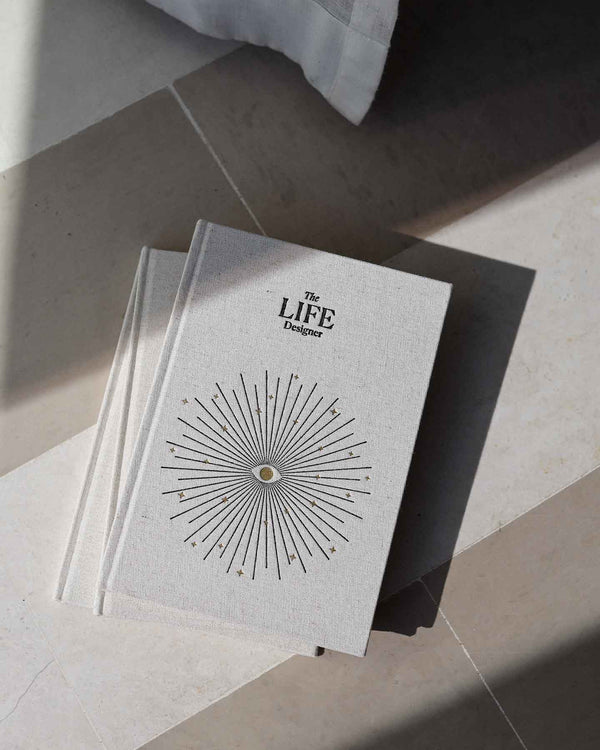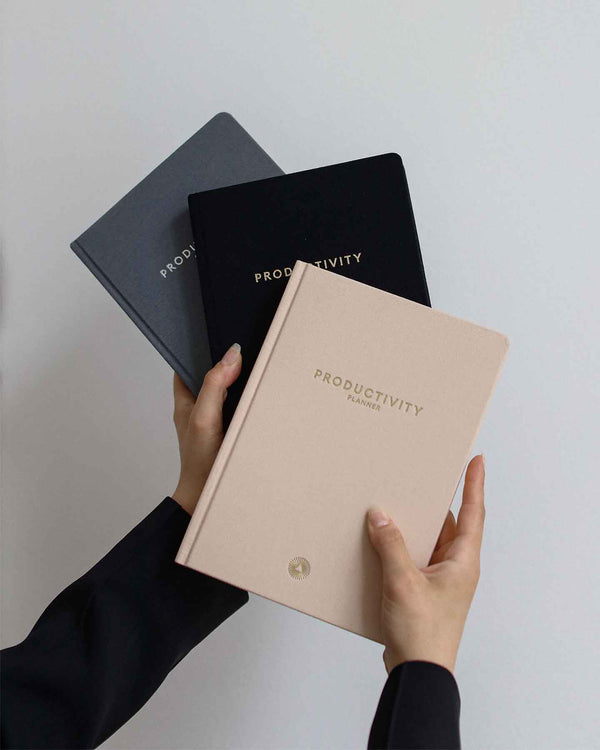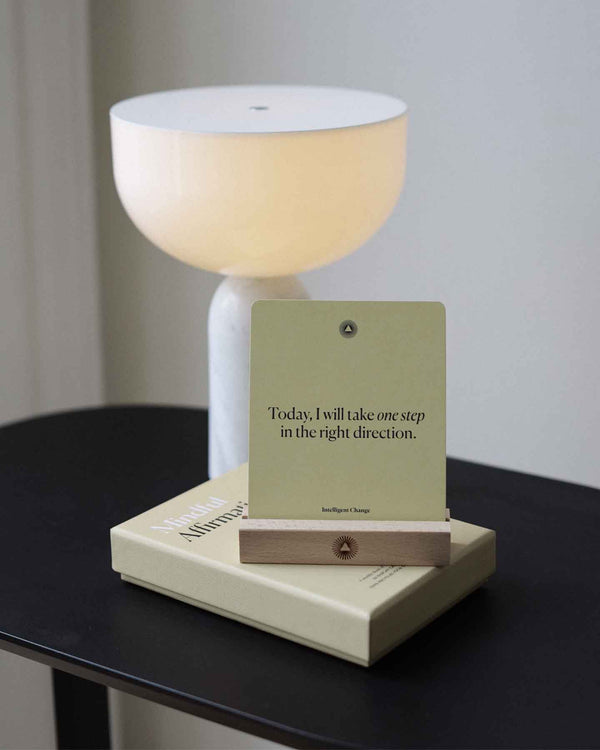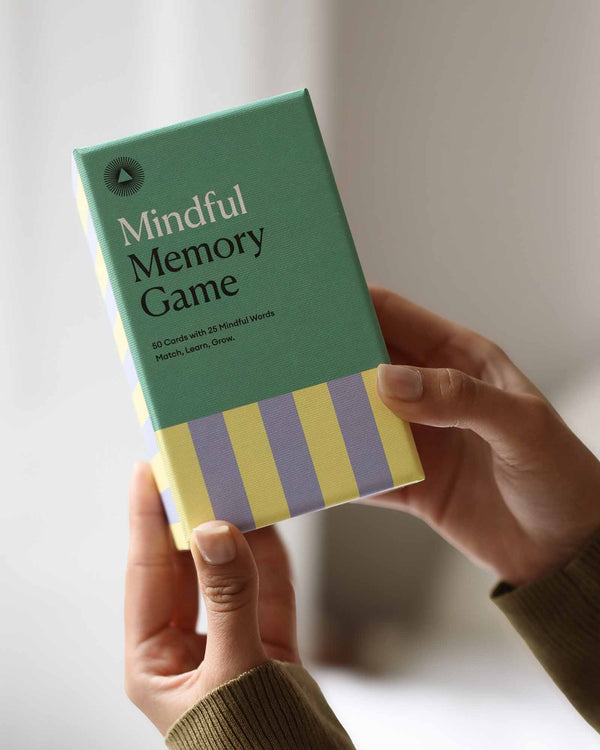How to Get Unstuck
by Intelligent Change
What does being stuck mean to you?
This term can be used to refer to very specific situations, such as being stuck with a certain hard-to-solve problem, being stuck in an unsatisfying relationship, or being stuck with a certain feeling.
The common denominator in all these examples is that there is a recurring emotional, behavioral, or cognitive episode. Repetitive thoughts, toxic triggers, negative emotions, or harmful behaviors mean that we’re stuck in the past with our patterns, instead of living our best life in the present.
If you feel like this applies to you, keep reading. We’re about to give you some simple tips on how to get unstuck.
Let Go of Your Negative Memories
Being stuck in the past and dragging it into our present usually has something to do with our memories. An unpleasant event that keeps occurring in our head, making us go through an emotional charge related to that situation over and over again.
Sometimes we latch on to these memories because they made a strong impression on our ego. We think about them and become overwhelmed by anxiety, depression, grief, or anger.
If holding on to negative emotions through reminiscing is what’s keeping us stuck, the best way to get unstuck is not to forget, but to focus on the feelings those particular memories create. Anger? Shame? Resentment? There is a way to discharge these emotions––and here’s how.
Breathing
If there’s an emotion making you uncomfortable as you think about a past situation, try to breathe slowly and deeply, until you feel more relaxed. Keep thinking about the unpleasant memory as you let go of emotional pain and become more and more relaxed, as this will help you connect a more pleasant emotional state to the same memory.
Recognize and Let Go
Another way is to let the emotion be. Recognize that it belongs to a past situation and that it’s no longer a part of you. This may require a lot of hard inner work, but try to remember if there was anything valuable you’ve learned from it, and then let the emotion go. You are in a different place now.
Meditate Through the Emotion
What we mean by this is that you can use meditative techniques to simply accept your emotion and learn how to live with it. For example, whenever you go back to a memory of an unpleasant situation, and the emotions start rolling in, try to let them sink in. Close your eyes, take a deep breath, and release all the negative energy out of your body. Picture your breath as white smoke or wind carrying the difficult emotions away.
If you’re not completely sure about what you’re feeling, but there is an overall mood bothering you whenever this particular memory pops into your mind, perhaps you could take a comfortable sitting position, and place your hand on your heart. Focus on your chest and visualize a ray of light coming out of your heart. Let the ray expand throughout your body slowly, part by part, until your whole body is glowing.
Focus on the Now
Now, you are creative, spontaneous, and the best version of yourself. By living in the moment, you are allowing your mind to realize its full potential. On the other hand, being stuck in the past can be crippling, and the best thing to do is to recognize what’s going on and to re-center yourself in the present moment.
The above-mentioned breathing exercises, meditation, and the practice of focusing on everything that is around you right now can be quite helpful. Breathing and meditation will calm your heart rate and lower your blood pressure, giving you enough space to jump back to the current reality. There are several behaviors designed to bring you closer to achieving inner balance–we call them habits for peace.
Replace Negative Beliefs
As humans, we’re quite prone to negativity bias and discouraging self-beliefs. Although scientists say that this used to be life-saving for us in the past, today, it’s just sucking the fun out of life.
Judging, complaining, making excuses, fearing the world, making negative predictions, self-devaluation, etc. are some examples of how we bring ourselves down.
Here’s what some of these thoughts sound like:
- Bad things always happen to me.
- I can only fit in if I do what I’m told.
- Nobody cares about me.
- No one will ever love me.
- I am not beautiful/I am not enough/I am not whole.
These beliefs can seriously harm our quality of life, self-esteem, and emotional well-being. The way to get rid of these fixed, self-limiting beliefs is to remember how we got stuck with them in the first place.
How did we start believing these things? Who told us they are true? Do we repeat these statements often? Did someone we deeply trust tell us these negative things? Maybe we just never heard an opposing belief or value.
Try asking yourself these questions and then meditate on them:
- Is there a reason grounded in reality for you to think this way?
- Why do you keep thinking these thoughts?
- Will any good come out of them?
- If a certain person told you these things, should you really trust them?
- Is there a good enough reason to believe that things are different?
What we mean by this is that just because your parent, teacher, friend, or partner said something, it doesn’t mean it’s true. Even if they repeat themselves many times, if they’re not delivering constructive arguments, you are not obliged to trust their opinion.
Facts and opinions are dramatically different, and what you do need to do is learn how to tell them apart and filter through useless and useful criticism. Remember that you can free yourself from old narratives by creating your own.
Getting unstuck from a certain pattern of thoughts, beliefs, or emotions isn’t complicated––it requires work, willingness to change, and determination. All it takes is a change in mindset and reframing the experience from the past and the way you feel about it.









